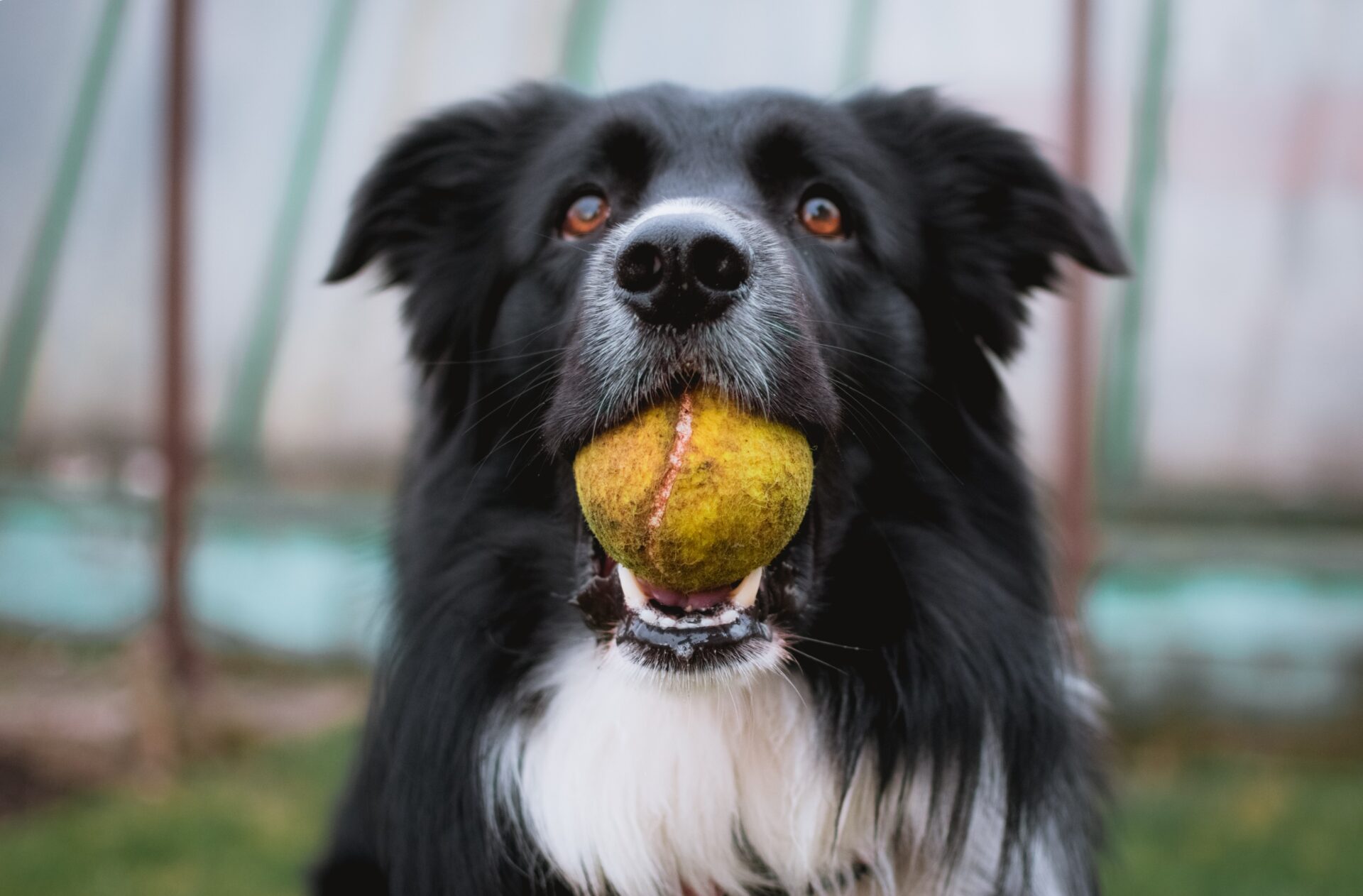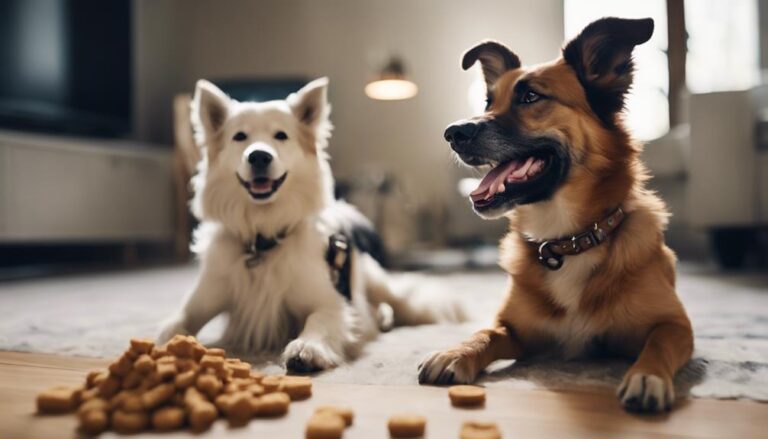Commands & Canines: Obedience Dog Training Guide

Obedience Dog Training Guide: Having a well-trained dog can make life easier and more enjoyable for both you and your furry friend. In this guide, we’ll dive into the essentials of teaching your dog good manners and obedience. We’ll cover basic commands, tips for successful training, and ways to strengthen the bond between you and your canine companion. So, whether you’re new to dog ownership or just looking to improve your pet’s behavior, let’s get started on the path to a happier, more obedient dog!
Understanding Obedience Training for Dogs
Dog ownership is a significant responsibility, and to ensure that your furry friend lives a happy and healthy life, obedience training is essential. Obedience training is a process of teaching your pet to follow basic commands and behaviors, and it is crucial for a harmonious relationship between you and your dog. In this section, we will discuss the importance of obedience training and different types of obedience training.
Why Obedience Training is Important for Dogs
Obedience training is not just about making your dog sit, stay, and roll over. It is about creating a positive bond between you and your pet and ensuring that your dog is well-behaved and well-adjusted. Dogs are social animals, and without proper training, they can become destructive, anxious, and aggressive. Obedience training not only teaches your dog basic commands but also helps them to understand and follow the rules of your home. It also helps to reduce their stress levels and build their confidence.
Different Types of Obedience Training
There are several types of obedience training that you can provide for your dog, depending on their age, breed, and behavior. Some of the most common types of obedience training are:
- Basic Obedience Training: This type of training includes teaching your dog basic commands such as sit, stay, come, and heel. It is suitable for puppies and adult dogs that require fundamental training.
- Advanced Obedience Training: This type of training involves teaching your dog more complex commands such as jumping, retrieving, and scenting. It is suitable for dogs that have completed basic obedience training.
- Behavioral Obedience Training: This training is for dogs that display specific behavioral issues such as aggression, fear, or separation anxiety. It involves teaching them how to behave appropriately and overcome these issues.
Basic Commands for Dogs
Sit
Teaching your dog to sit is one of the most basic commands that you can use to get them to behave properly. Start by holding a treat close to their nose and then move your hand up, which will cause their head to follow. As their head moves up, their bottom will go down. Once they are in a sitting position, say the word “sit” and give them the treat. Practice this command regularly until your dog is able to sit on command without a treat.
Stay
Teaching your dog to stay is an important command that can help keep them safe in certain situations. Start by having your dog sit, then open your hand and say “stay” while taking a step back. If your dog stays in place, give them a treat. Gradually increase the distance between you and your dog and make them stay for longer periods before giving them a treat. Practice this command regularly until your dog can stay on command for extended periods.
Come
Teaching your dog to come is essential for their safety and your peace of mind. Start by putting your dog on a leash, then say their name followed by the command “come” while gently pulling them towards you. When they come to you, reward them with a treat. Practice this command regularly until your dog can come on command without a leash or treats.
Down
Teaching your dog to lie down on command is another basic command that can help keep them safe in certain situations. Start by having your dog sit, then hold a treat close to their nose and slowly move it to the ground. As their head follows the treat, their body will naturally follow. Once they are in a down position, say the word “down” and give them the treat. Practice this command regularly until your dog is able to lie down on command without a treat.
By teaching your dog these commands you can help them become a well-behaved member of your family. Remember to be patient and consistent when training your dog and always reward them for good behavior.
Advanced Commands for Dogs
Dogs are intelligent animals, and with proper training, they can learn to obey advanced commands. In this section, we will discuss some of the essential advanced commands that every dog owner should teach their furry companion.
Heel
The heel command is a crucial command to teach your dog. It is used to keep your dog walking calmly and obediently by your side. To teach your dog to heel, start by holding a treat close to your dog’s nose and start walking. As you walk, say the word “heel” and reward your dog with the treat when they stays by your side. With practice, your dog will learn to walk calmly and obediently by your side without needing a treat.
Leave it
The leave it command is used to stop your dog from picking up or eating something it shouldn’t. To teach this command, start by holding a treat in one hand and a toy or something your dog would like to pick up in the other. Say “Leave it” and cover the toy with your hand. When your dog stops trying to get the toy, reward them with the treat. Repeat this exercise, gradually increasing the difficulty by using more attractive items to tempt your dog. With enough practice, your dog will learn to obey this command even when faced with something tempting.
Wait
The wait command is used to keep your dog in place for a short period. This command is useful when you need your dog to stay put for a moment without moving. To teach this command, start by asking your dog to sit or lie down. Hold your hand up, with the palm facing your dog, and say “Wait.” Gradually increase the time you ask your dog to wait and reward them when they obey.
Place
The place command is used to keep your dog in a designated area or spot. It is useful when you need your dog to stay in one place for an extended period. To teach this command, start by choosing a specific area, such as a mat or rug, and ask your dog to go to that spot. Say “place” and reward your dog when they stay there. With repetition, your dog will learn to associate the word “place” with the designated spot.
——————————-
Get access to the best pet discounts, items, and training by clicking the link below
————————————-
Tips for Successful Obedience Training
Obedience training is an essential part of a dog’s life. It requires patience, consistency, and a lot of positive reinforcement. Here are some tips to help make obedience training a success:
Consistency is Key
Dogs thrive on routine and consistency. It’s important to establish a daily training schedule that works for both you and your dog. This will help your dog learn what is expected of them and when. Consistent training also helps prevent confusion and frustration, making the training process smoother and more effective.
Use Positive Reinforcement
Positive reinforcement is a training technique that rewards good behavior in dogs. This can include treats, praise, or toys. When your dog performs a desired behavior, immediately reward them with positive reinforcement. This helps your dog understand what is expected of them and motivates them to continue performing that behavior in the future.
Keep Training Sessions Short and Fun
Dogs have short attention spans and can easily become bored or distracted during training sessions. It’s essential to keep training sessions short (around 10-15 minutes) and fun. Use games and toys to keep your dog engaged and motivated. This will help them enjoy the training process and look forward to future sessions.
Be Patient
Training a dog takes time and patience. Dogs don’t learn overnight, and some behaviors may take longer to teach than others. It’s important to be patient and not get frustrated. Remember, your dog is trying their best to learn and wants to please you. If you feel yourself getting frustrated, take a break and come back to training later.
By following these tips, you can help make obedience training a success for both you and your dog. Remember to stay consistent, use positive reinforcement, keep training sessions short and fun, and be patient. With time and practice, your dog will become a well-trained and obedient companion.
Common Obedience Training Mistakes to Avoid
If you’re training your dog, you want to make sure you’re doing it right. There are several common mistakes that owners make when it comes to obedience training. Here are some things to avoid.
Inconsistency
One of the biggest mistakes that owners make is being inconsistent with their training. Dogs thrive on routine, and if you’re not consistent with your commands and expectations, your dog will become confused. Make sure you have a set routine for training and stick to it.
Using Punishment Instead of Positive Reinforcement
Another common mistake is using punishment instead of positive reinforcement. Punishing your dog for not following commands can be detrimental to their training. Instead, focus on positive reinforcement by rewarding your dog when they do something right. This will encourage good behavior and make your dog more likely to want to follow your commands in the future.
Training for Too Long
Training sessions should be short and sweet. Dogs have short attention spans and can become bored or frustrated if training sessions drag on for too long. Keep sessions to 10-15 minutes at a time and take breaks in between. This will help keep your dog engaged and make training more effective.
Not Training Enough
On the other hand, not training enough can also be a mistake. Consistency is key, and if you’re not training your dog regularly, they may forget what they’ve learned. Aim to train your dog at least once a day for short periods. This will help reinforce good behavior and keep your dog on track.
By avoiding these common obedience training mistakes, you’ll be on your way to having a well-trained and obedient canine companion.
——————————-
Get access to the best pet discounts, items, and training by clicking the link below
————————————-
Conclusion
In conclusion, obedience training for dogs is an essential aspect of pet ownership. By teaching your dog basic commands, you can create a strong bond between you and your furry friend, while enhancing their mental and emotional well-being. Whether you’re training a new puppy or an older dog, consistency, patience, and positive reinforcement are key to success. Remember that every dog is unique, so it’s important to tailor your training techniques to suit your pet’s personality and temperament. With time and dedication, your dog can become a well-behaved and obedient companion that you can be proud of. Keep practicing and enjoy the journey with your furry friend!
Obedience Dog Training Guide FAQ:
If you’re considering obedience dog training, you likely have some questions about the process. Here are some frequently asked questions to help you better understand what it takes to train your canine companion.
What is Obedience Dog Training?
Obedience dog training is the process of teaching your dog to follow commands and behave appropriately. This type of training can range from basic commands like “sit” and “stay,” to more advanced commands like “heel” and “come.”
What are the Benefits of Obedience Dog Training?
There are many benefits to obedience dog training, including:
- Improved behavior
- Better communication between you and your dog
- Increased safety for your dog and others
- Increased socialization opportunities for your dog
How Long Does Obedience Dog Training Take?
The length of obedience dog training can vary depending on the dog and the owner’s goals. Basic obedience training can take a few weeks to a few months, while more advanced training can take several months to a year or more.
What are Some Tips for Successful Obedience Dog Training?
Here are some tips to help ensure successful obedience dog training:
- Be patient and consistent in your training
- Use positive reinforcement techniques like treats and praise
- Start with basic commands and gradually work up to more advanced commands
- Practice regularly, but keep training sessions short and fun
Do I Need a Professional Dog Trainer for Obedience Dog Training?
While it’s possible to train your dog on your own, many owners find it helpful to work with a professional dog trainer. A professional trainer can provide guidance and support, as well as help correct any problematic or dangerous behaviors.
Overall, obedience dog training can be a rewarding experience for both you and your furry friend. By investing the time and effort into training your dog, you can enjoy a happier, healthier, and more well-behaved companion.








